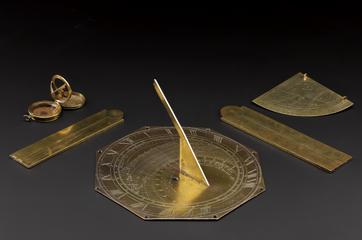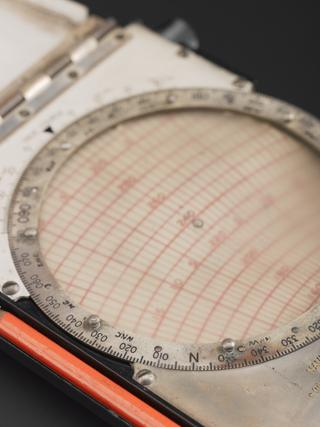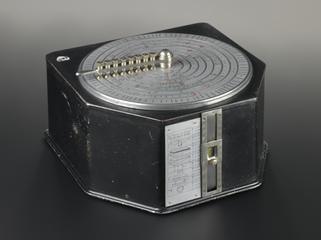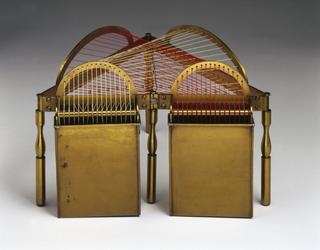
Ruler
- maker:
- A G Thornton Limited

Ruler, made by A. G. Thornton, for use by Beyer Peacock.
Despite their everyday nature, rulers are an important technology. Everyone estimates distances differently, so who is to say how long something is? A ruler is a simple tool to precisely measure short distances in a standard way that is the same no matter who measures it. Throughout history different cultures have relied on devices like rulers, but in a variety of different units of measurement. For example, measuring rods were used in ancient Egypt, in a standard length called the ‘cubit’. The cubit was based on the distance from the elbow to the fingertips of a tall man, and divided up into smaller units based on palms. Laws were made to ensure the cubit was the same length everywhere in Egypt.
This particular ruler is stamped 1939 and was supplied by AG Thornton, a Manchester based supplier of drawing instruments, slide rules and surveying equipment. Although 1930s Britain typically used imperial unit (feet and inches) as its standard measures, unusually for the time this ruler features metric units (centimetres). It was used by the Manchester railway locomotive manufacturer Beyer, Peacock and Company, and its long length means it was likely used to prepare engineering drawings. The ruler is stamped “Engine Divided” – signifying that the marks on it were made by a machine and should be more precise than those on a ruler marked by hand.
Details
- Category:
- Mathematics
- Object Number:
- Y5000.269
- Materials:
- wood (unidentified)
- Measurements:
-
overall: 5 mm x 477 mm x 33 mm,
- type:
- ruler




